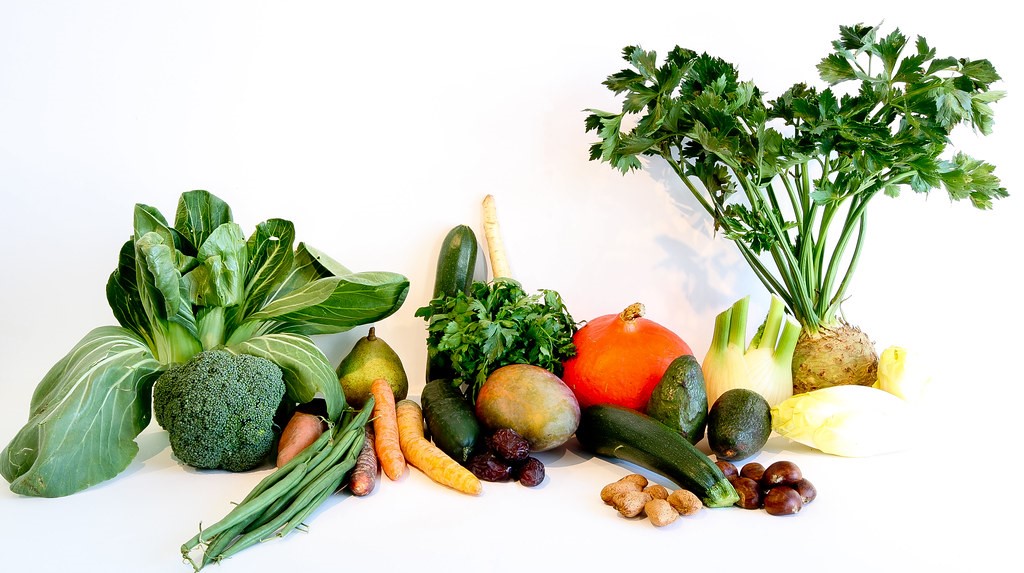There’s no wrong way to eat sushi. Whether you like it raw, sashimi-style, flash-fried as part of a sushi roll, or chopped up in a Poke-style sushi bowl, eating raw fish is no longer frowned upon in the US – and just about everyone has tried sushi at some point. Whether you pair it with […]
Category: Japanese Food
What is Japan’s ”KAWAII” Pop culture??
What is Japan’s “kawaii”? What is the history behind this subculture that has inherited fashion, toys, books, and food? Kawaii culture is recognized by the Japanese government as one of the country’s most important cultural exports. It spread all over the world through kawaii fashion, manga books, toys, food, and more. Kawaii food is a […]
What is Youshoku?
Youshoku and Western Cuisine There is a distinct nuance between the term “Youshoku (Western cuisine)” in the Japanese Language. There are two types of the term “Youshoku” one, which refers to traditional outtakes of western cuisine with a Japanese twist to it, as opposed to Western cuisine that reproduces the original relatively faithfully. Although it […]
The History of Japanese Curry
Curry is a popular dish in Japan, loved by people of all ages and both genders. So how did it get to Japan? And how did it become the curry rice we know today? Here is the story behind the birth of curry in Japan. The Arrival of Curry It is said that Japanese people […]
Basics of Japanese Food Manners
The positioning of dishes at a Japanese table is based on a set of rules that have been handed down from generation to generation. The base of the serving menu is “ippiru sansai,” which consists of rice and soup (sometimes with pickles), a main dish, and two side dishes, which is the basic menu of […]
What is “umami” in Japanese food that attracts attention from all over the world?
“Umami” is indispensable for Japanese food. When you hear the word “Umami”, you think of the gentle taste of dashi, but the “umami” that is currently attracting worldwide attention is not just the flavor that indicates deliciousness. Originally, there were four basic sensory tastes. Sweetness, saltiness, acidity, and bitterness, and it has been said that […]
Read More of What is “umami” in Japanese food that attracts attention from all over the world?
History of Fermentation in Japanese Food

Fermentation is a staple in traditional Japanese cuisine. Historically used as a preservation technique, fermented food in Japanese cuisine ranges from condiments and household dishes such as soy sauce, miso, vinegar, tsukemono (pickled vegetables), and natto (fermented soy). History of Fermentation Few records are kept of the precise origin of fermentation techniques in Japan, but […]
Specialty Ramen!! The History of Regional Ramen

“Multitude of Flavors and Ingredients” Ramen is a noodle soup dish with a combination of rich broth, noodles, and toppings to form a perfect trinity. Japanese ramen’s origin traces back to the Chinese noodle soup dish Lamien. While the two dishes share similarities, what separates the two noodle dishes is its soup base. The Chinese […]
Read More of Specialty Ramen!! The History of Regional Ramen
Japan is the birthplace of karaoke! Karaoke has evolved in the world, but what is it?

There are probably quite a few people who enjoy singing karaoke in a bar with a mic in their hand. Did you know that, much like anime, karaoke is a subculture that started in Japan and spread to the rest of the world? In Japan, the home of karaoke, you can find karaoke parlors all […]
Read More of Japan is the birthplace of karaoke! Karaoke has evolved in the world, but what is it?
Why are seasonal ingredients important in Japanese food? The link between Japanese food and the four seasons

One of the characteristic aspects of Japanese food, which is registered as an intangible cultural heritage, is that it incorporates seasonal ingredients. Differences between the four seasons are distinct in Japan, and each season has its own respective seasonal ingredients. Bringing those seasonal ingredients into Japanese food shows care not just for the flavor, but […]